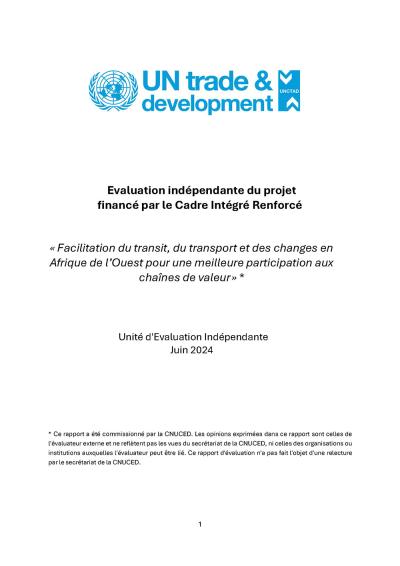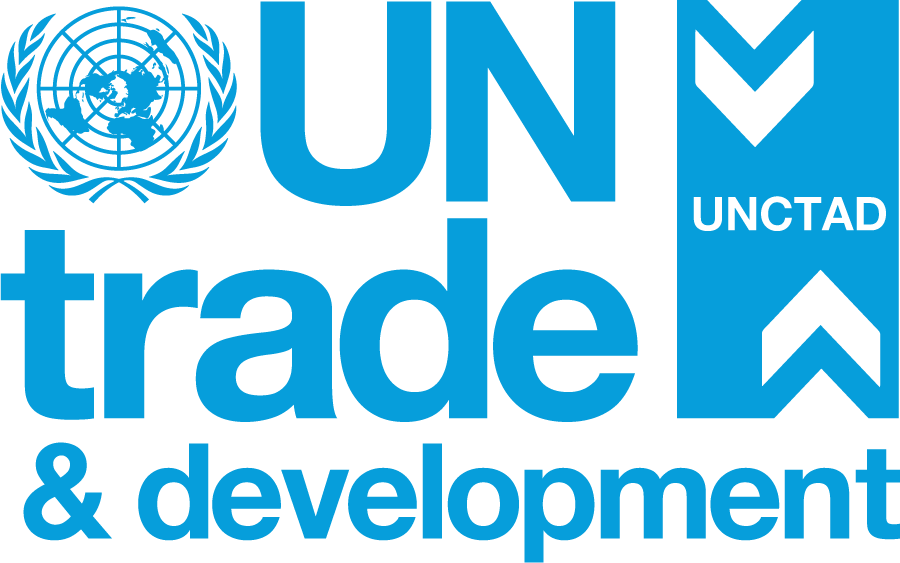
Benin, Burkina Faso, Niger and Togo face significant challenges, including ageing infrastructure, inefficient customs clearance processes and high logistics costs, which hamper regional and international trade. Long transit times and high costs of land transport, as well as non-tariff barriers, limit their competitiveness in global markets.
This project aims to improve these critical aspects to stimulate economic development and facilitate the integration of these countries into global value chains.
The project, implemented by UNCTAD and funded by the Enhanced Integrated Framework (EIF), was carried out between August 2020 and September 2023 and covered four countries (Benin, Burkina Faso, Niger and Togo) with a total budget of USD 1,775,000. It followed on from previous trade integration diagnostic studies in these countries, which showed a low level of implementation of regional and bilateral transit instruments, including specific aspects of transport and trade facilitation.
The project aimed to facilitate the adoption of a transit modernisation plan based on existing regional conventions such as interstate road transport, including specific transport-related issues and the implementation of specific articles related to transit in the World Trade Organisation (WTO) Trade Facilitation Agreement (TFA) (2017).
It revolves around three key elements:
- Transit and trade
- Transport and logistics
- Trade facilitation and single windows
After the project was completed, an independent final evaluation was launched to assess the degree to which the desired results, including the United Nations cross-cutting objectives, had been achieved and to identify lessons learned from the project that could inform and improve the implementation of related interventions.
This document is the final report of that evaluation and is organised as follows.
- The first two sections describe the intervention evaluated and its context.
- The third section summarises the objective and approach of the evaluation.
- The fourth section covers the evaluation criteria and questions.
- The fifth section covers the methodology.
- The sixth section is dedicated to the results of the evaluation.
- The seventh and eighth sections are dedicated to the conclusions and recommendations drawn from the evaluation, respectively.


